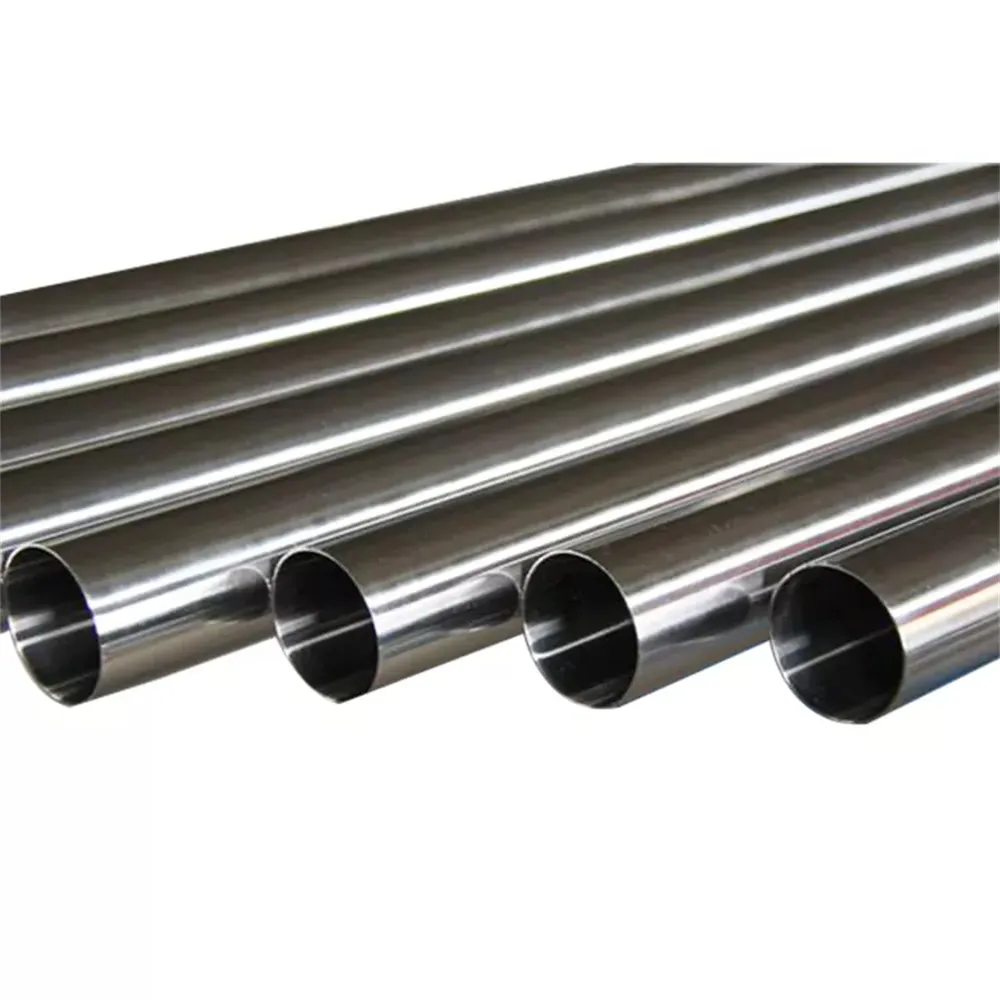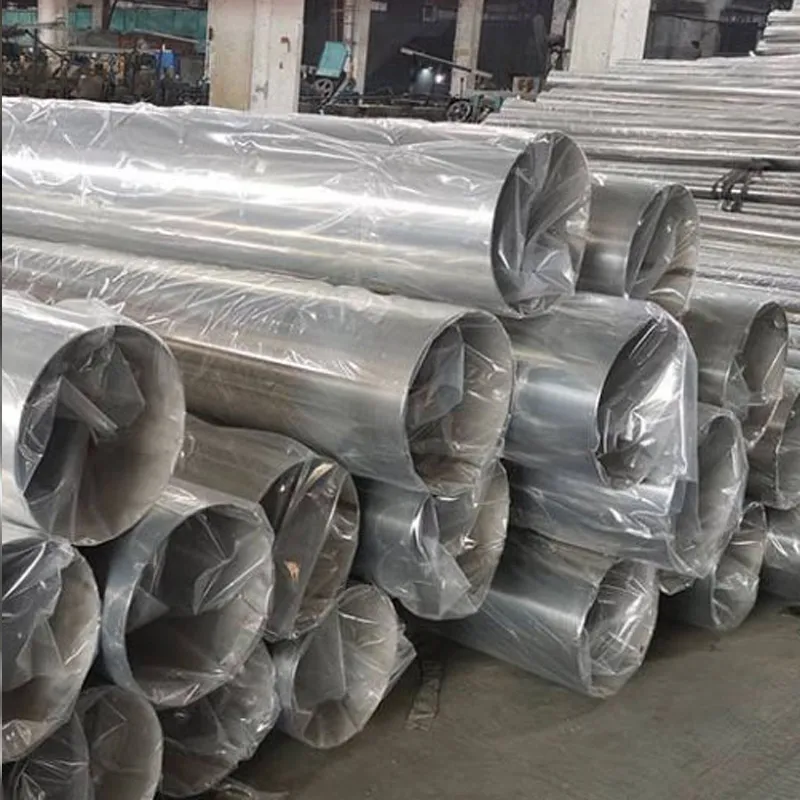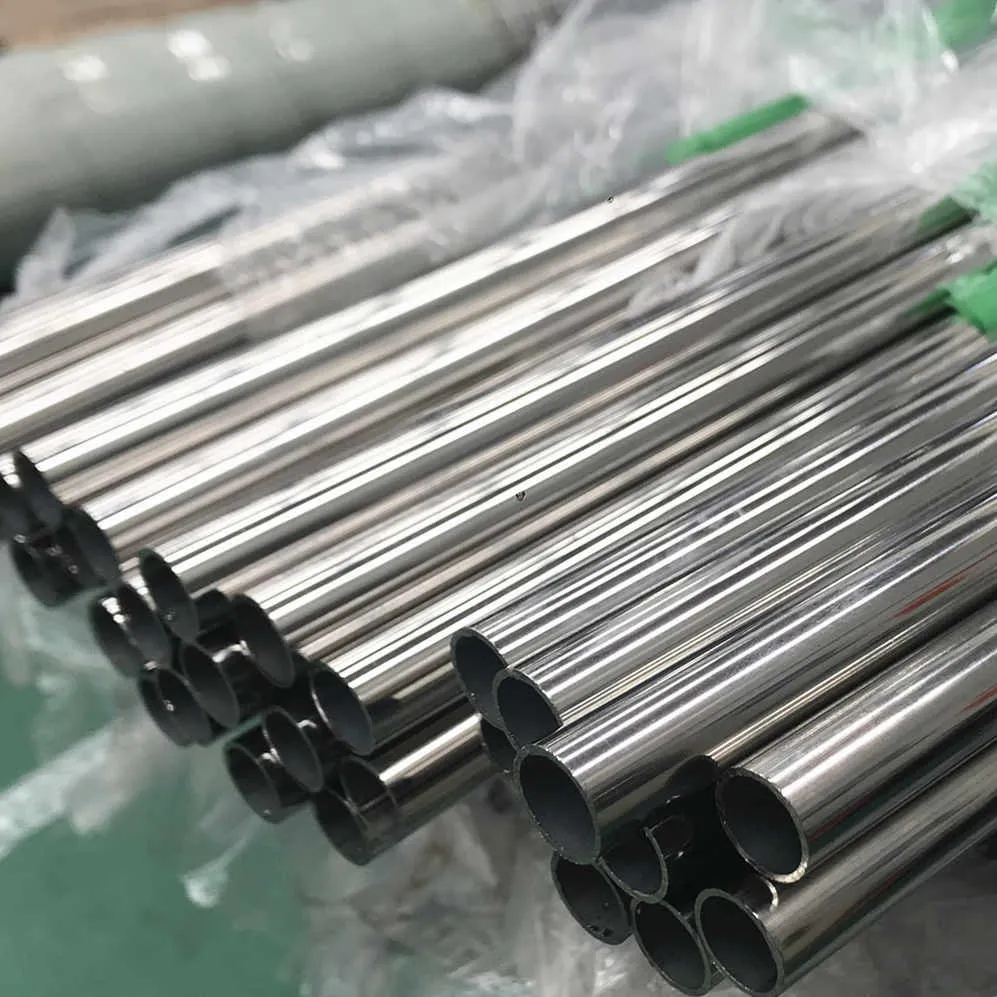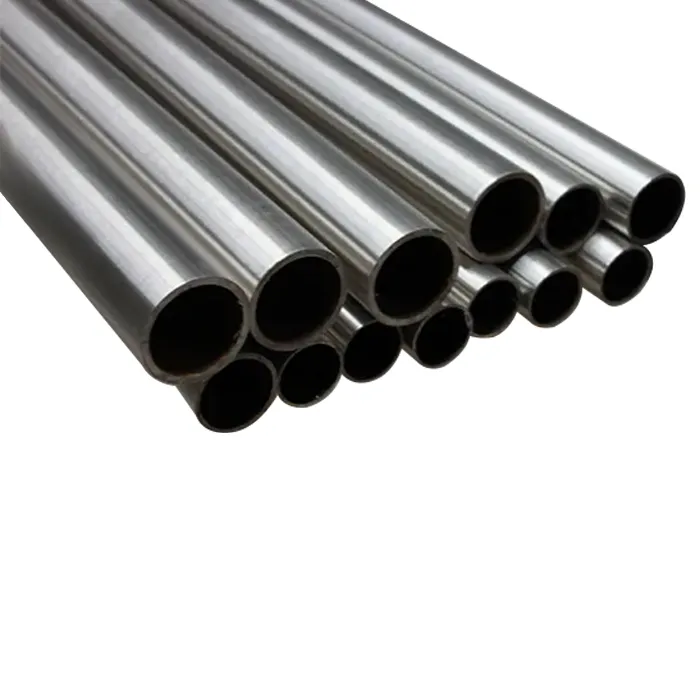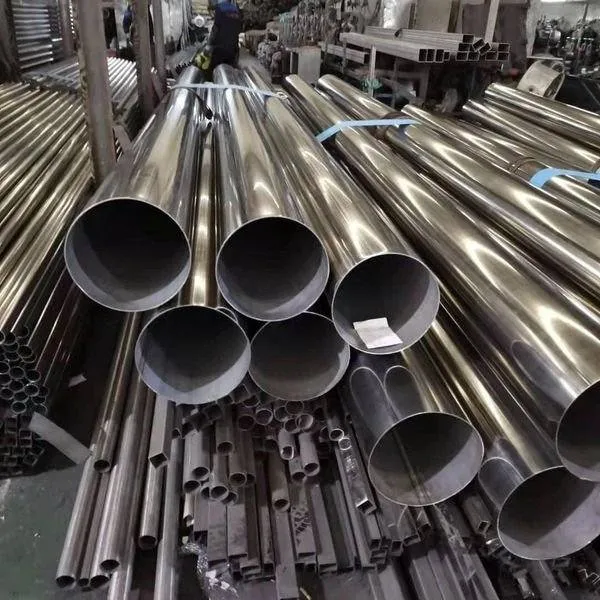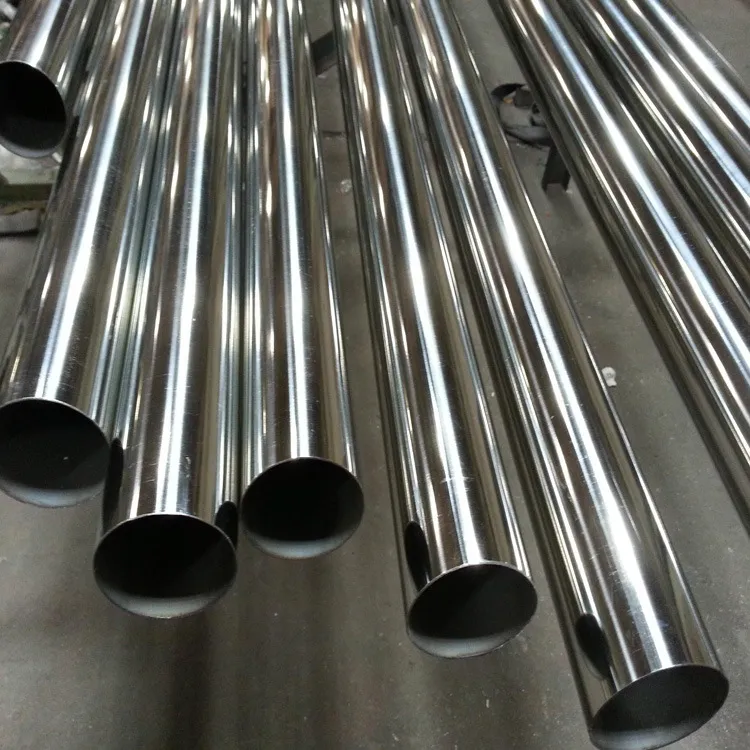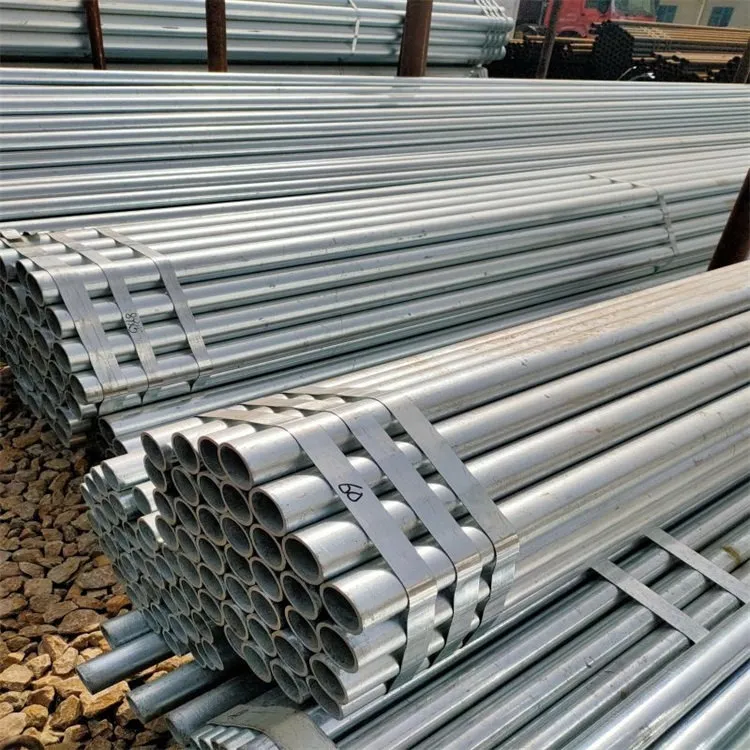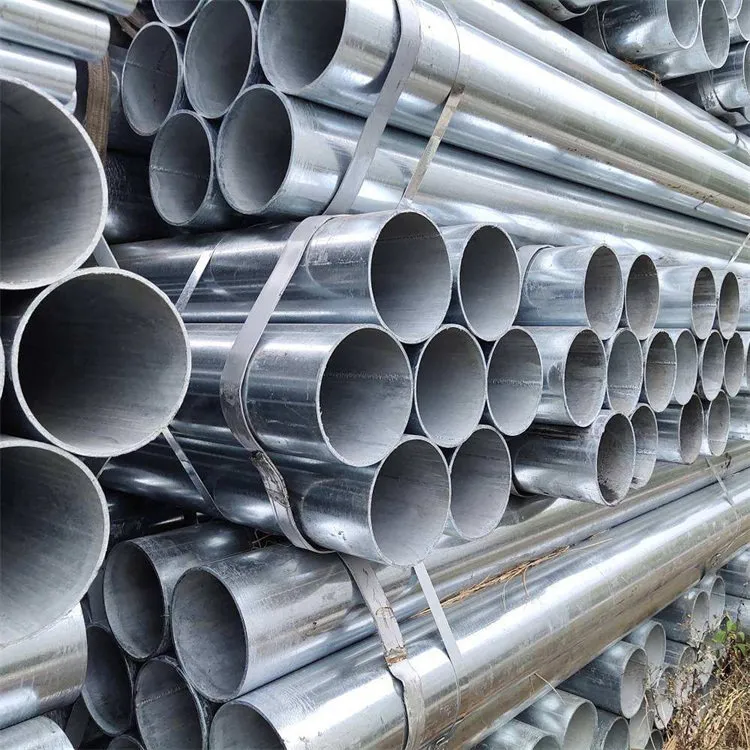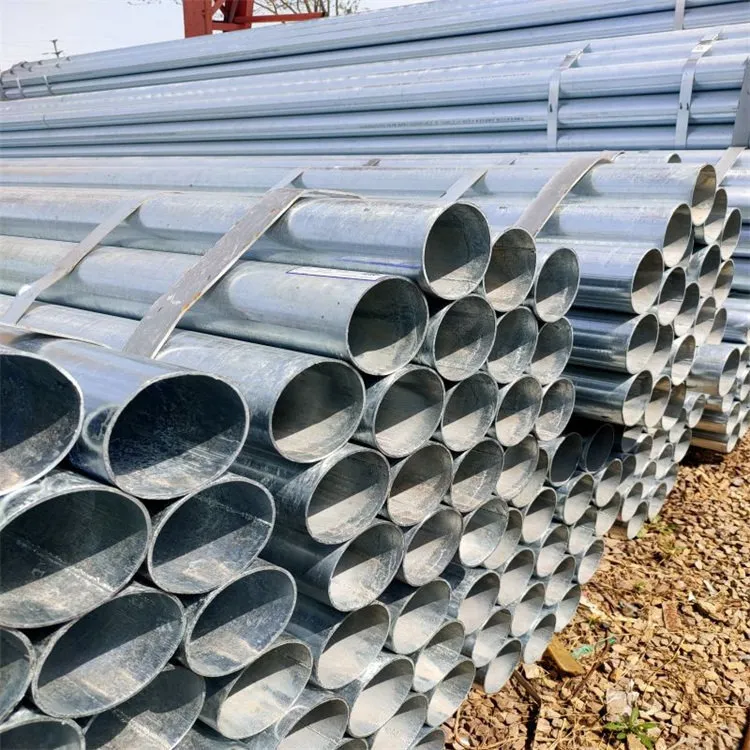PRODUCT CENTER
CONTACT US
If you are interested in cooperation, please contact us immediately, we will give you feedback as soon as possible!
The advantages of 440 stainless steel pipe lie in its high hardness, moderate corrosion resistance, and excellent wear resistance properties. Its exceptional durability and reliability make it a preferred material for manufacturing cutting tools, surgical instruments, and industrial machinery parts where prolonged usage and resistance to wear are crucial. Additionally, its resistance to corrosion ensures longevity and reliability in various environments, contributing to its suitability for applications in automotive, aerospace, and manufacturing sectors where performance under demanding conditions is essential.
The advantages of 347 stainless steel pipe lie in its exceptional combination of high temperature strength and corrosion resistance properties. With niobium stabilization, it offers enhanced resistance to intergranular corrosion, making it ideal for applications requiring prolonged exposure to elevated temperatures. Its reliability and durability make it suitable for use in high-temperature industrial furnaces, heat exchangers, and boiler systems, as well as in demanding industries such as chemical processing, oil and gas, and petrochemical. Overall, 347 stainless steel pipe provides reliable performance and longevity in challenging environments, making it a preferred choice for critical applications where strength and corrosion resistance are paramount.
The advantages of 316 stainless steel pipe stem from its outstanding corrosion resistance properties, particularly in harsh environments exposed to acids, chemicals, and saltwater. Its superior resistance to corrosion and pitting makes it ideal for critical applications in industries such as chemical processing, marine, and food processing. Additionally, its durability and aesthetic appeal contribute to its suitability for architectural, structural, and automotive applications. Overall, 316 stainless steel pipe provides reliable performance and longevity in corrosive environments, making it a preferred choice for various industrial and commercial applications.
The advantages of 434 stainless steel pipe stem from its notable strength and moderate corrosion resistance, particularly suited for applications requiring durability and reliability. With its high tensile strength and resistance to wear and tear, 434 stainless steel is ideal for use in automotive exhaust systems, where it withstands high temperatures and corrosive exhaust gases. Its versatility extends to construction applications, providing structural integrity and longevity. While offering moderate corrosion resistance, it excels in mechanical and structural roles, ensuring dependable performance in demanding environments. Overall, 434 stainless steel pipe delivers robustness and endurance, making it a preferred choice for various industrial and automotive applications.
The advantages of 440A stainless steel pipe lie in its notable hardness, edge retention, and moderate corrosion resistance properties. Ideal for applications requiring durable cutting tools and blades, its high hardness ensures excellent edge retention, making it a preferred material for cutlery and surgical instruments. Additionally, its moderate corrosion resistance allows for reliable performance in various industrial applications, such as shafts, valves, and bearings, where strength and wear resistance are crucial. Overall, 440A stainless steel pipe offers a balance of hardness, edge retention, and corrosion resistance, making it a versatile choice for both consumer and industrial applications.
The advantages of 202 stainless steel pipe stem from its moderate corrosion resistance, good formability, and cost-effectiveness. Its versatility makes it suitable for various applications, including automotive exhaust systems, kitchen appliances, and decorative tubing. Additionally, its resistance to corrosion from mildly corrosive environments ensures durability in construction, sanitation, and furniture manufacturing. Its affordability and ease of fabrication contribute to its widespread use, providing a practical solution for applications where corrosion resistance and formability are necessary, but the highest levels of resistance are not required.
DX51D Galvanized steel pipe has low melting point, good fluidity, easy plastic processing and welding, and is resistant to atmospheric corrosion.
Hot dip galvanized pipe is to make molten metal react with iron substrate to produce alloy layer, so that the substrate and coating can be combined. Hot galvanizing refers to pickling the steel pipe first. In order to remove iron oxide on the steel pipe surface, after pickling, the steel pipe is cleaned in ammonium chloride or zinc chloride aqueous solution or mixed ammonium chloride and zinc chloride aqueous solution tank, and then sent to the hot dip tank. Hot dip galvanizing has the advantages of even coating, strong adhesion and long service life.
Q235 galvanized pipe is a surface galvanized sheet with yield strength of 235MPa.


